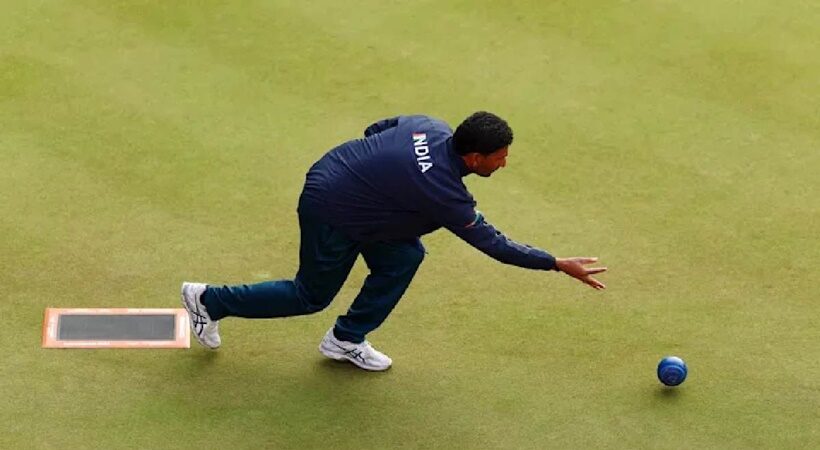With Commonwealth Games presently unfolding in Birmingham, the UK, it was indeed strange to learn about a few sports for the first time. In fact, some of these have been featuring regularly in the Games for a while and one among them happens to be Lawn Bowls. While, England, Australia and South Africa have aced the sport with 51, 50 and 44 medals respectively, however, Scotland is the only country that matches England in terms of gold. India have also been taking part in the sport for the last three editions, but are yet to assert their superiority, a fourth-place finish in the 2010 edition is their best-ever showing. Now, it is time to find out how the game is played.
The Regulations And The Target
The regulations of the lawn bowls affairs are not very tough to understand. Going by the name, each participant wait for their chance in rolling bowls – a kind of spherical-ball-like objects with sides that are absolutely flat and a weight bias, generally weighing 1.5kgs – across a bowling green with the objective of getting as near as possible to the target bowl, called ‘jack.’
The space difference between the jack and the starting point is specified at the beginning of the game when one of the teams gets the ball rolling towards the opposite end. At the outset, there is a toss to pick the team that will get the first opportunity to bowl, and the other team then rolls the jack.
Rules Differ For Individual & Team Categories
In this sport, typically two rival teams are involved and it is segregated into different rounds, known as ‘ends.’ Then, you have singles, pairs, triples, and four events in the sport as well.
The bowls sanctioned in the sport vary for the team as well as solitary events. In the solitary category, the competitors are given four bowls per end, and in the team segment, two throws per end are allotted.
Points are given according to the team’s ability to bowl frequently near the target during each end. A team that bowls in the vicinity of the target more compared to their rival team is rewarded with maximum points in the end. For example, if team A gets three bowls near the target than team B, then team A wins three points for that end.
How Winners Are Decided?
The cumulative scores are fleshed out at the end of the match, and then the winner gets declared, which is very different for the team as well as singles events. As for singles, the first player to reach 21 points takes the match. And in team competitions, the team getting the highest score at the end of 18 ends becomes the winner.



















